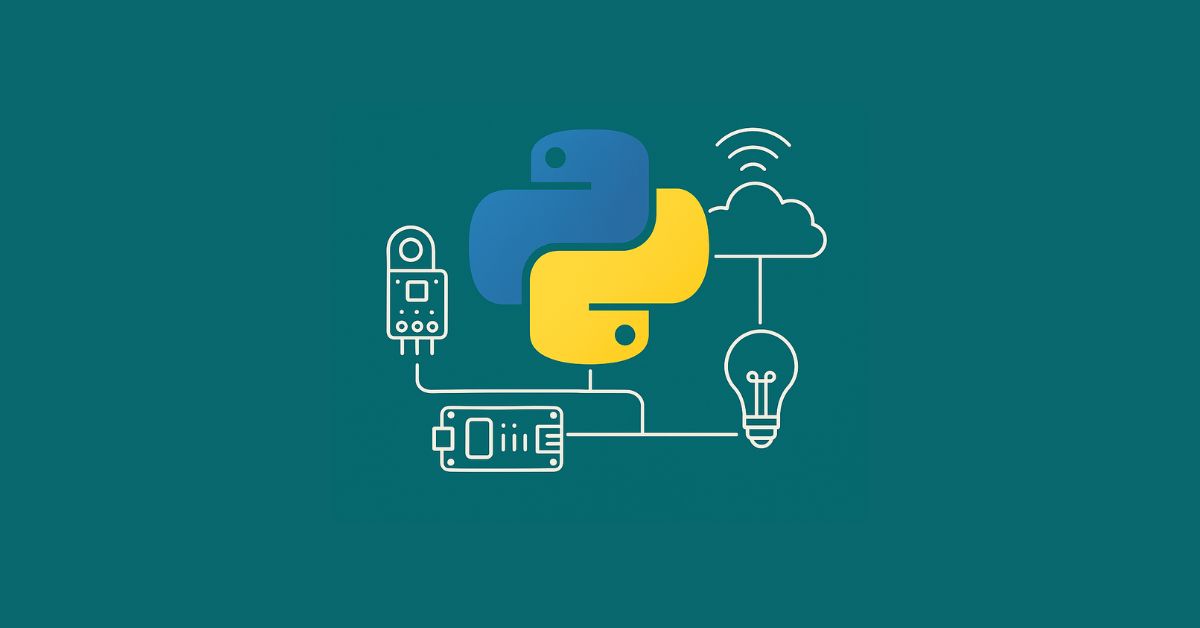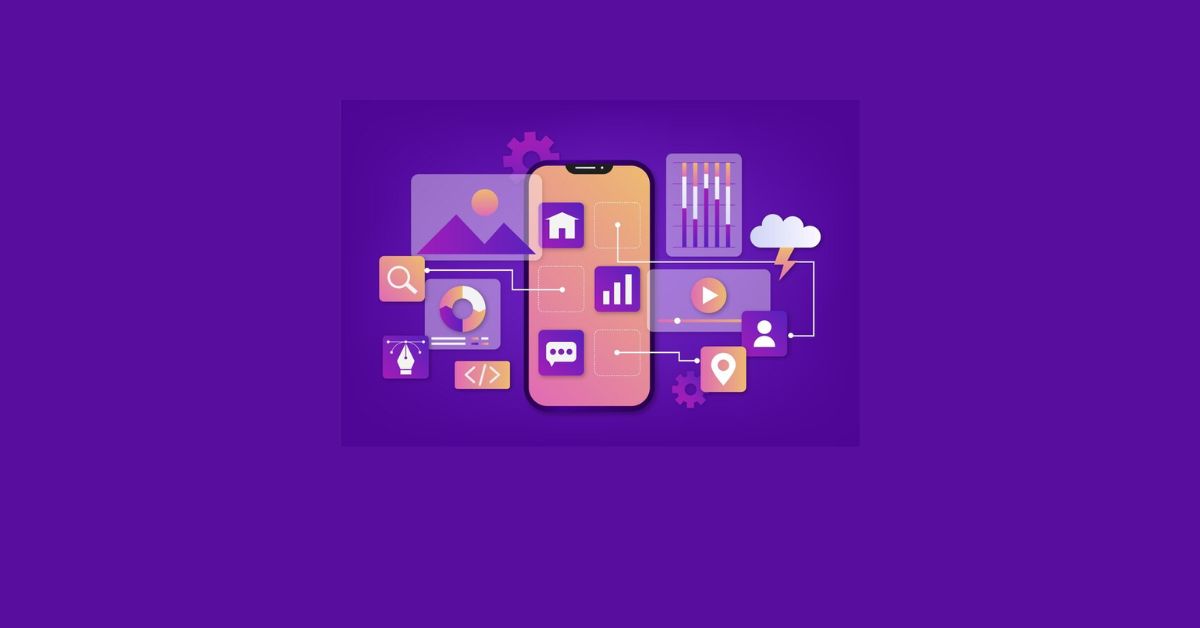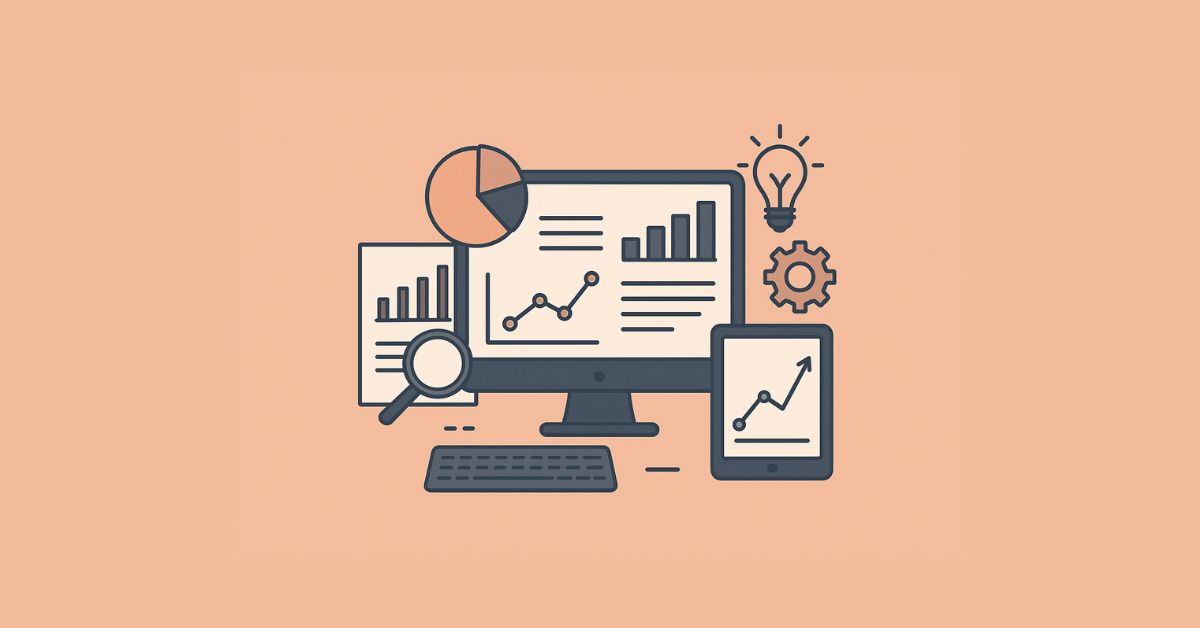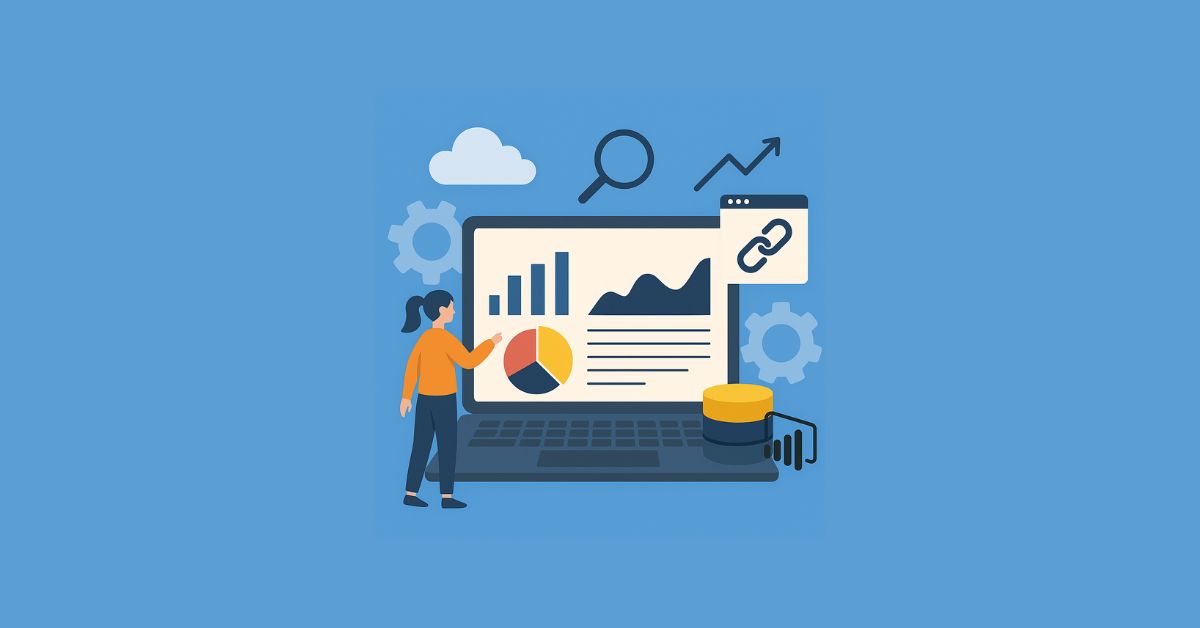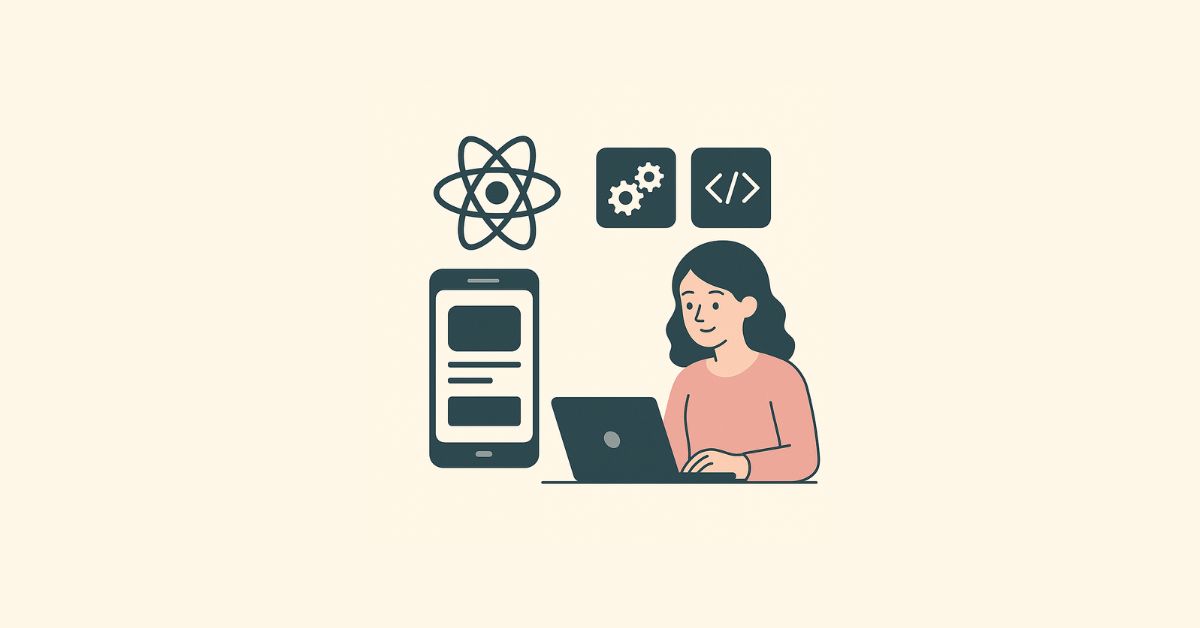Summary
The Internet of Things (IoT) is reshaping the way we live and work by creating an interconnected network of smart devices that collect, exchange, and act on data. From smart homes and wearable devices to industrial automation and healthcare systems, IoT is now a cornerstone of digital innovation. At the heart of this transformation lies Python in IoT—a powerful, high-level programming language that’s become the preferred choice for developers building smart solutions.
But what makes Python the go-to language for IoT? In this blog, we’ll explore the reasons behind Python’s dominance in the IoT ecosystem, its practical applications, the frameworks supporting IoT development, and how businesses can leverage it to build intelligent, scalable solutions.
- Why Python is Ideal for IoT Development
- 1. Ease of Learning and Implementation
2. Vast Library Support
3. Cross-Platform Compatibility - Use Cases of Python in IoT
- Python Web Application Framework in IoT
- MicroPython and Raspberry Pi: The Perfect Pair
- Business Impact: How Companies Leverage Python in IoT
- Security and Scalability Considerations
- Final Thoughts
Why Python is Ideal for IoT Development
Python’s simplicity and readability make it highly accessible, even to beginner developers. But it’s not just about ease of use—Python offers robust functionality, cross-platform compatibility, and an extensive collection of libraries that are tailor-made for IoT development.
Here are a few core reasons why Python in IoT is such a powerful combination:
1. Ease of Learning and Implementation
Python’s clear and concise syntax allows developers to write and debug code quickly. This is essential in the IoT landscape, where rapid prototyping and testing are crucial for delivering timely solutions. The learning curve is much gentler compared to languages like C or Java, which means even teams without deep programming experience can get started quickly.
2. Vast Library Support
Python comes with a wide range of libraries and packages that simplify complex IoT tasks. Libraries like PySerial for serial communication, smbus for I2C communication, and RPi.GPIO for Raspberry Pi GPIO handling makes hardware-level interaction seamless. Additionally, Python’s support for data analysis libraries like Pandas, NumPy, and Matplotlib is a boon for IoT projects involving sensor data collection and real-time analytics.
3. Cross-Platform Compatibility
Python runs on virtually all major operating systems—Linux, Windows, macOS, and even microcontrollers through MicroPython. This makes developing and deploying IoT applications easier across different devices and platforms.
Use Cases of Python in IoT
Python has proven itself in various sectors within the IoT ecosystem. Let’s look at a few real-world examples where Python is powering smart innovation:
- Smart Homes: Python is used to build intelligent automation systems that control lighting, climate, and security. Libraries like Home Assistant are built entirely in Python and support thousands of smart devices.
- Healthcare: In connected medical devices, Python plays a key role in gathering and analyzing biometric data. It ensures real-time monitoring and predictive alerts based on patterns.
- Industrial IoT (IIoT): Python is used in predictive maintenance systems, where machine data is analyzed to forecast potential failures before they occur.
- Wearables: Lightweight Python scripts run in fitness trackers and health bands, enabling step count monitoring, heart rate tracking, and more.
Python Web Application Framework in IoT
While many think of IoT as a hardware-centric field, most smart devices communicate with cloud-based applications or web dashboards. That’s where the Python web application framework becomes critical.
Frameworks like Flask, Django, and FastAPI allow developers to build powerful back-end systems that interact with IoT devices. These python frameworks enable features such as:
- RESTful APIs for communication between devices and servers
- Real-time data monitoring dashboards
- Secure device management and user authentication
- Integration with databases for storing sensor data
For instance, using Flask, a developer can create a lightweight API that receives data from smart meters and displays energy usage on a user-friendly interface. Django can be used for more complex projects, offering out-of-the-box solutions for user management and data handling.
When you combine Python’s versatility in both device-level coding and cloud-based frameworks, you get a full-stack solution ideal for IoT.
MicroPython and Raspberry Pi: The Perfect Pair
Another reason Python is favored in the IoT space is its compatibility with microcontrollers. MicroPython, a lightweight version of Python designed for embedded systems, can run on low-memory devices like ESP8266 and ESP32.
Similarly, Raspberry Pi, a low-cost single-board computer, has become the poster child of DIY IoT projects. It runs full Python and connects easily with sensors, cameras, and other peripherals, allowing developers to prototype and build complete systems from scratch.
Together, MicroPython and Raspberry Pi offer the flexibility to scale IoT applications from simple home automation scripts to industrial-grade solutions.
Business Impact: How Companies Leverage Python in IoT
Modern enterprises are increasingly turning to IoT to improve efficiency, reduce costs, and enhance customer experience. By partnering with an experienced Python Development Company, businesses can unlock the full potential of IoT technology using Python.
Whether it’s creating custom IoT dashboards, integrating AI-powered insights, or automating data workflows, Python enables rapid development and deployment of high-quality smart solutions.
Additionally, businesses offering comprehensive IoT Services are using Python to implement end-to-end solutions—from firmware and data acquisition to visualization and analytics.
Security and Scalability Considerations
Python also supports robust encryption and authentication mechanisms, making it a secure choice for IoT environments. Libraries like PyCrypto and cryptography allow developers to integrate strong data protection layers in their applications.
When it comes to scalability, Python’s integration with cloud platforms like AWS IoT, Google Cloud IoT Core, and Microsoft Azure IoT Hub makes it easier to scale from a few devices to thousands. Python’s support for containerization using Docker further streamlines deployment in large-scale IoT infrastructures.

People Also Read
Final Thoughts
The growing adoption of smart devices across industries demands a programming language that’s reliable, scalable, and easy to use. Python checks all those boxes and more. Its rich ecosystem of libraries, compatibility with microcontrollers, support for powerful web frameworks, and community-driven innovation make it the go-to language for IoT development.
Whether you’re a developer building your first IoT prototype or a business aiming to launch a large-scale connected product, Python offers the tools, flexibility, and efficiency to bring your vision to life.
As the IoT landscape continues to evolve, Python will remain a key enabler of smart solutions, driving innovation and shaping a more connected future.
If you need help developing an IoT solution using Python or are looking to integrate smart technologies into your business processes, contact GrapesTech Solutions. We are experienced in both Python and IoT ecosystems to help you start your journey toward a smarter tomorrow.

